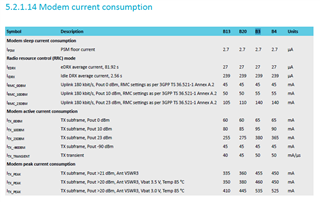Hello,
I'm working on NRF9160-DK.
I would like to be able to put the card to sleep in the deepest sleep possible to be able to save as much energy as possible and to wake it up if the state of one of my 3 inputs changes (button press, accelerometer or other). What is the right strategy for falling asleep and waking up? k_sleep () or is there something better?
What orders of magnitude am I supposed to get for my NRF9160-DK in the best solution to sleep card?
Best regards,
Lecozahu




